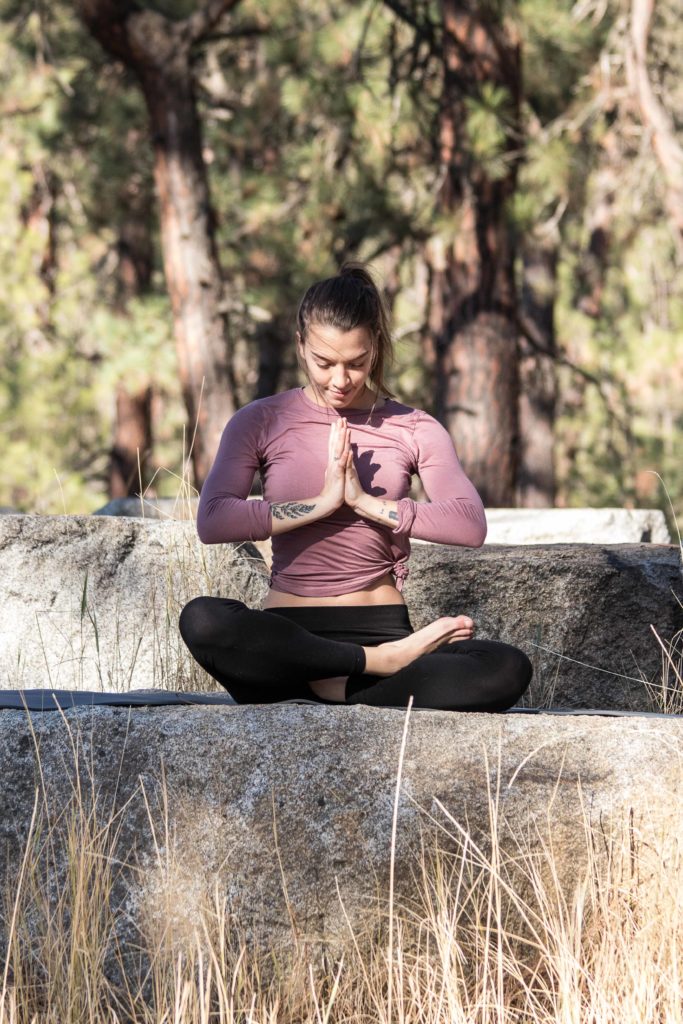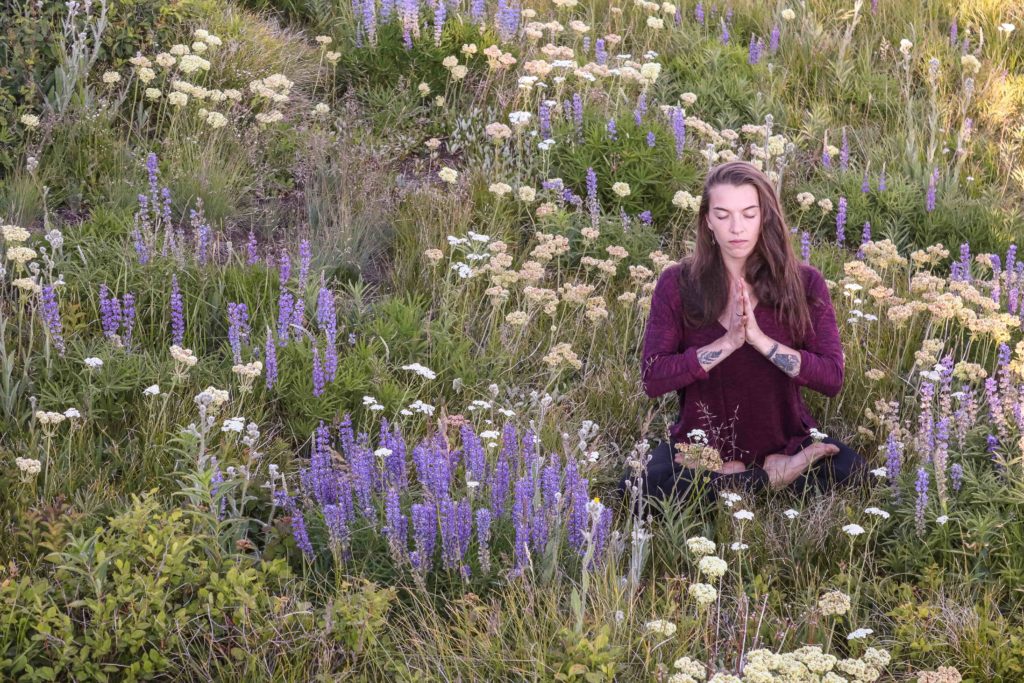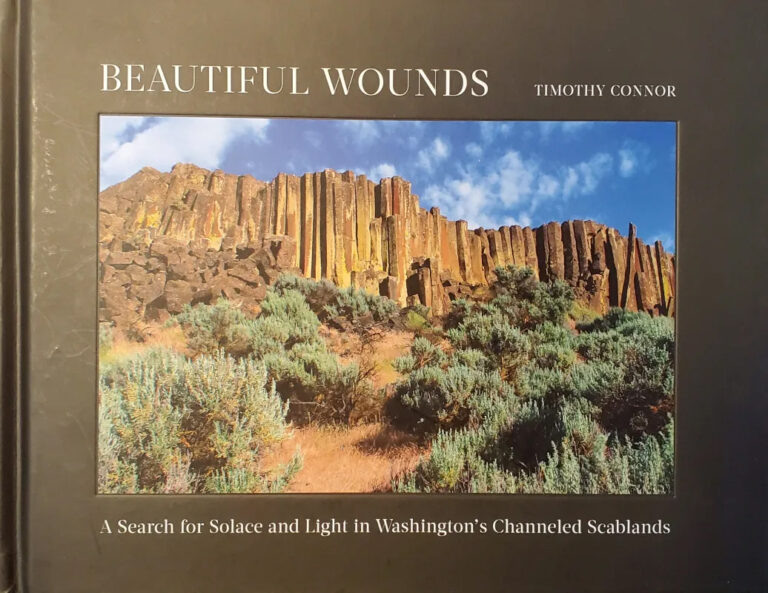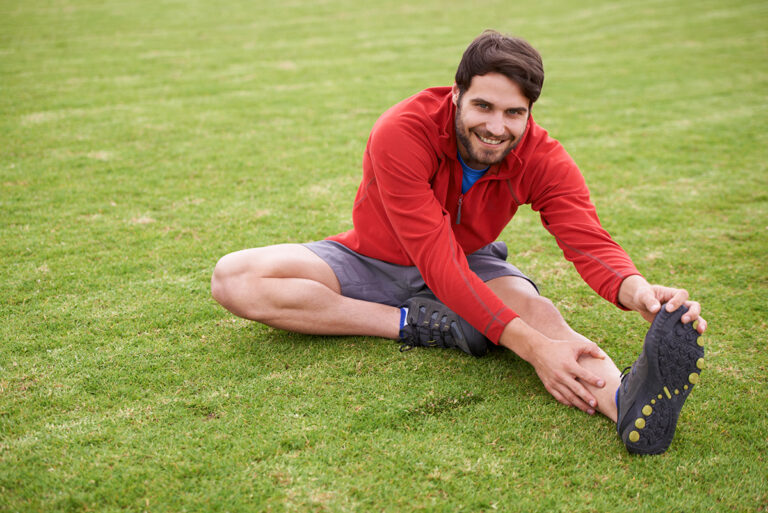Living in the Inland Northwest comes with a sense of community that’s often tied to a love of the outdoors. The small corner of the United States that is Eastern Washington and Northern Idaho is an outdoor lover’s dream. With everything from fishing to climbing, there’s an outdoor activity for everyone.
Despite the fun and sense of adventure that comes with these activities, they are not risk free. Living an outdoor lifestyle can lead people into situations that are stressful, physically and mentally challenging, and even life threatening. Talk among outdoorsy people often includes tips on how to eat better, find better trails, or train more efficiently. But how often are the topics of mental health and meditation included in such conversations?

Just as athletes train their bodies, they should also consider training their minds. This becomes especially important for high-risk activities where hard decisions must be made quickly. What happens if a climber drops a belay device or if a hiker wanders off route? The ability to calm down and focus in situations like these is critical. Through meditation, the ability to calm anxious thoughts and be present in the moment can be cultivated. Meditation is a tool to be utilized and takes practice to learn; just like anything else, it gets easier over time.
Talking with a meditation teacher makes the practice seem more adoptable and not so overwhelming. Susan Jane Hall has been practicing yoga and meditation for over 20 years. She teaches at Spokane Yoga Shala and recently started teaching at Harmony Yoga. Trained in classical and modern meditation techniques, she explains the science behind meditation, which has been proven to train brain waves into balancing themselves over time.
According to Hall there are five different brain states: delta, theta, alpha, beta, and gamma. In stressful and anxiety producing situations, the brain goes into a beta state, but enhanced mental and physical clarity come from alpha and theta states. With a regular meditation practice, the brain can learn to spend more time in alpha or theta states, which is where anyone caught in a difficult situation wants to be.

During meditation, awareness goes to the sensation of inhaling and exhaling. This quiets the mind and teaches people how to focus on directing their thoughts. According to some sources, meditation lowers blood pressure, helps with insomnia, manages anxiety, and fosters self-awareness and confidence. As Hall says, the breath sustains. When people meditate and focus on their breathing, their brain waves slow down. Awareness comes back to the body and its physical surroundings.
Hall says that stretching or exercising before mediation can better prepare the body and mind for a deeper meditation. A good first step into a meditation practice might be to try a walking meditation. Simply going for a walk and paying attention to the sound of every footstep begins to train the mind to quiet down. Meditating for 15-20 minutes every day is ideal. This builds up the brain’s ability to stay in alpha or theta states for longer periods of time; it’s kind of like training a muscle to build stamina. Even if 15-20 minutes a day can’t be managed, any amount of meditation will be beneficial. The idea is that with a regular practice, people can learn to calm themselves down in moments where clarity and focus are needed. Eventually, it might only take someone a few deep breaths to center themselves again.
Slowly the topics of mental health and meditation are making their way into conversations about what it takes to live a well-rounded outdoor lifestyle. Giving the brain the ability to function optimally through meditation will help guide outdoor mindsets to a better place—a place where people have more confidence in themselves and their lifestyles.












